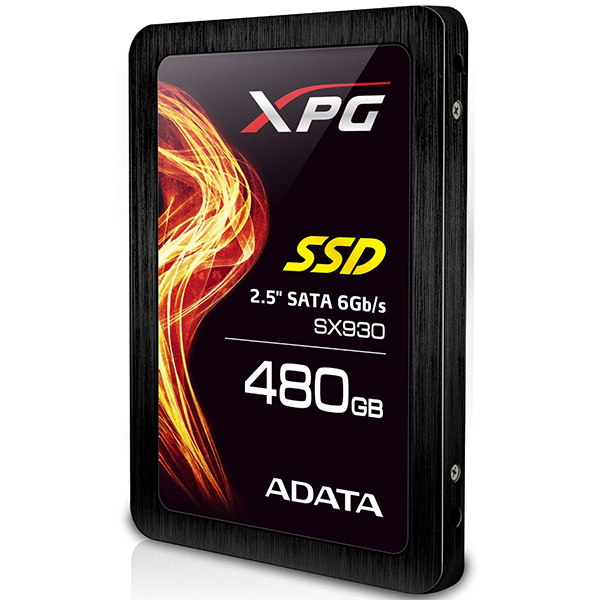Adata XPG SX930 SSD Review
Adata hits back with a new flagship SSD that incorporates high-endurance eMLC flash and a familiar JMicron controller.
Why you can trust Tom's Hardware
Technical Specifications
MORE: Best SSDs For The Money
MORE: Latest Storage News
MORE: Storage in the Forums
Adata's marketing material conflicts with the flash technology used in its SX930. In some documents, we saw references to eMLC. In others, it was called MLC+. I would say the proper message would be MLC+ flash used to deliver eMLC-like endurance levels. Adata is one of the few companies that purchases Micron flash by the wafer and packages it after a binning process. The packages consequently sport Adata branding and part numbers, so we can't use Micron's flash decoder to dig into their composition.
Paired with the flash is JMicron's JMF670H controller, along with DDR3 DRAM for caching user data and buffering page table information. Previously, we covered the inner workings of the JMF667H with Turbo Boost technology. In that piece, you'll find the complete deep-dive into the controller, complete with a detailed feature set walk-through.
Adata released the XPG SX930 in three capacities: 120GB, 240GB and 480GB, and we have them all in our lab. The company was shy when it came to publishing performance information. The data above comes from official documentation, and you'll notice the lack of random performance figures. Of course, we'll run our own benchmarks to fill in the blanks.
The XPG SX930 supports DevSlp for very low power consumption at rest, but does not support hardware encryption. Most users in the segment this drive family targets don't employ full-disk encryption anyway, so this isn't a big loss for them.
Get Tom's Hardware's best news and in-depth reviews, straight to your inbox.
Current page: Technical Specifications
Prev Page Introduction Next Page Pricing, Warranty And Accessories
Chris Ramseyer was a senior contributing editor for Tom's Hardware. He tested and reviewed consumer storage.


